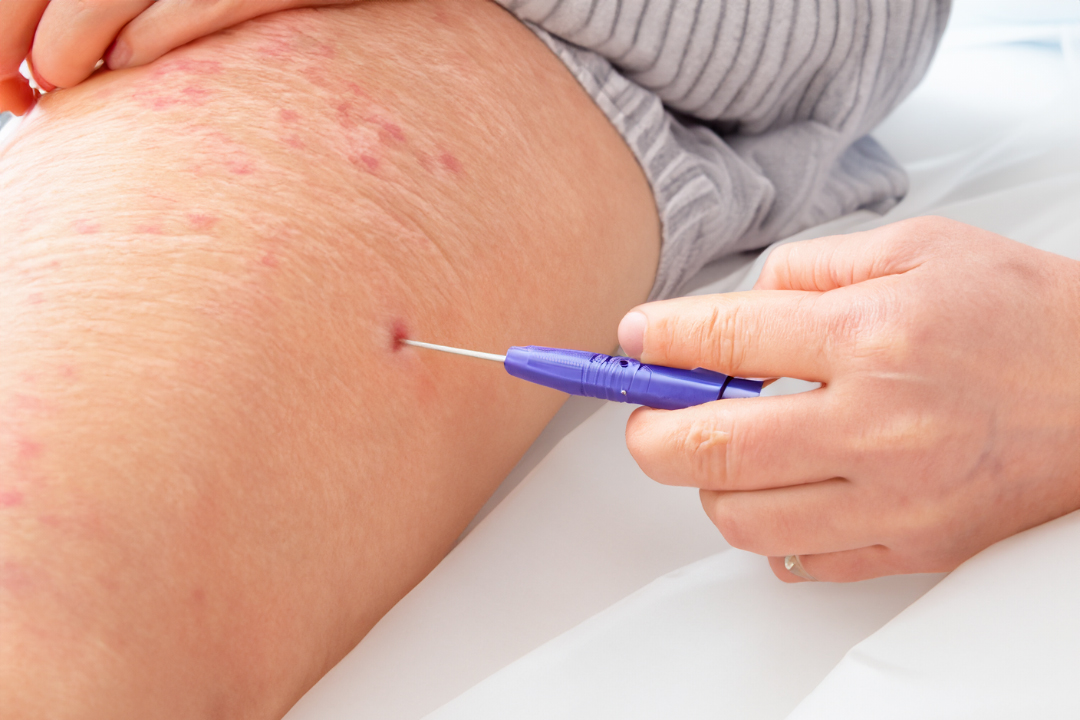Spider veins are a common skin problem that can affect anyone, regardless of age or gender. These twisted, blue or red veins can appear on the legs, face, and other parts of the body. While they don’t usually cause any significant health issues, many people find them unsightly and want to get rid of them for cosmetic reasons. If you’re one of them, you may be wondering what your options are. In this blog post, we’ll share some of the best spider vein treatments available today.
Sclerotherapy
Sclerotherapy is the gold standard treatment for spider veins. This procedure is safe, effective, and minimally invasive. It can be performed in a doctor’s office and usually takes less than an hour to complete. Some patients may need multiple sessions to achieve their desired results.
Laser therapy
Laser therapy is another popular option for spider vein removal. It uses intense pulses of light to heat and destroy the veins without damaging the surrounding tissue. This method is non-invasive and doesn’t require any injections. However, it may be more expensive than sclerotherapy and may not be suitable for everyone, such as those with darker skin tones.
Radiofrequency ablation
Radiofrequency ablation is a relatively new spider vein treatment that uses heat energy generated by radio waves to destroy the affected veins. This technique is less invasive than surgery and has a shorter recovery time. It’s also less painful than sclerotherapy and may be a good option for those who are needle-phobic.
Compression stockings
Compression stockings are not a treatment per se, but they can help alleviate the symptoms of spider veins and prevent them from getting worse. These specialized stockings are designed to apply pressure to the legs, improving blood flow and reducing swelling. They come in various styles and compression levels, and your doctor can help you choose the right ones for your needs.
Lifestyle changes
Finally, making some lifestyle changes can also help control spider veins. Maintaining a healthy weight and exercising regularly can enhance blood circulation and prevent blood from pooling in the veins. Avoiding prolonged sitting or standing and elevating your legs whenever possible can also reduce the risk of developing spider veins.
If you’re bothered by the appearance of spider veins, you don’t have to live with them. Various treatments are available to help reduce or eliminate these blemishes and improve your skin’s appearance. Sclerotherapy, laser therapy, radiofrequency ablation, compression stockings, and lifestyle changes are all effective options to consider. Consult with your doctor or a board-certified dermatologist to determine the best spider vein treatment for your specific situation. With the right treatment and care, you can finally say goodbye to spider veins and feel more confident in your skin.
